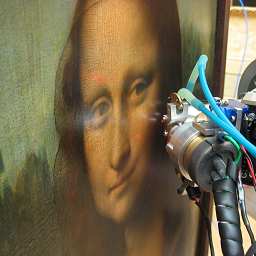Tutorials and Exercises¶
Things learned by practice usually require a greater effort than just reading or listening and tend to be better retained. Therefore we have prepared some Exercises to complement the usual set of Tutorials teaching different aspects of PyMca.
Their combination should provide a good starting point to use the program.
Tutorials¶
The Getting Started tutorial is a very old tutorial written by Darren Dale and initially tailored to CHESS users but usefull to everybody starting to use PyMca.
Calibration tutorial. To be used if you still have some doubts about how to calibrate your spectra.
Defining new materials in the material editor. This tutorial will show you how to define your own materials.
Understanding and using the strip background. Description of the parameters defining your favorite background.
ROI Imaging tutorial . Introduction to the stack imaging capabilities of PyMca
Kinetics tutorial . Illustration of the use of the ROI Imaging tool for kinetics studies.
Accessing HDF5 Data PyMca can deal with HDF5 files since version 4.4.0. You should take a look at the HDF Group web site to know more about HDF. NeXus files are only supported when using the HDF5 backend.
Customizing PyMca Description about how to provide customized settings and add-ons to PyMca.
Exercises¶
XRF Analysis. The classical exercise to learn how to carry out XRF analysis with PyMca.
Accounting for higher order excitations. Press-button exercise to show how to deal with secondary and higher order excitations in X-ray fluorescence quantification problems.
Automatic Sample Matrix Refinement. This exercise shows the user one way to tell the program how to automatically update the sample composition.
Customizing X-Ray Data. Exercise to teach the user how to modify the theoretical data used by PyMca.
